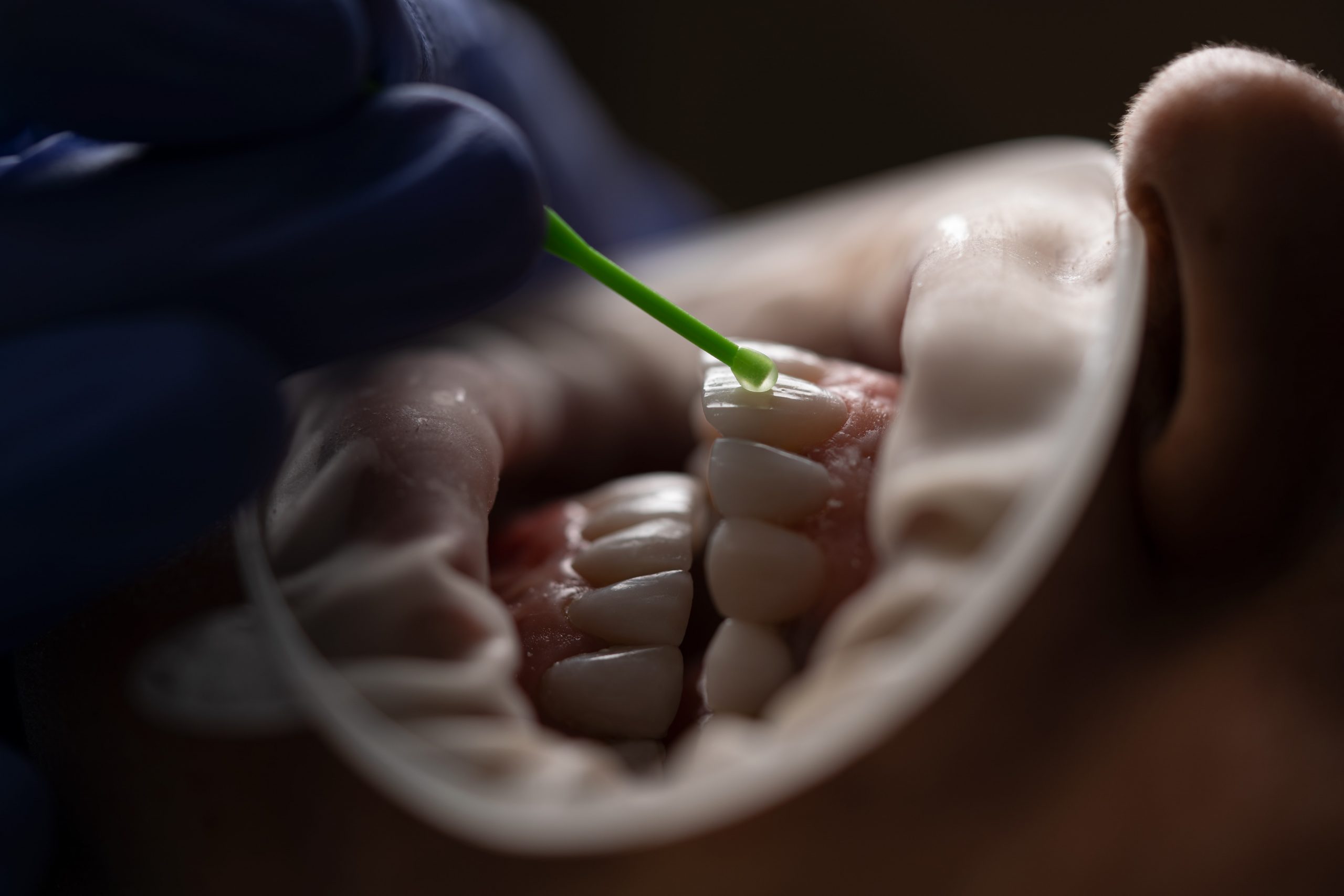
Different Types of Dental Fillings
Dental fillings are used to repair cavities and restore damaged teeth. There are various types of dental fillings available, each with its own set of advantages and disadvantages.
One of the most popular types of dental fillings is amalgam fillings. These fillings are made from a mixture of metals, including silver, tin, copper, and mercury. Amalgam fillings are very strong and long-lasting, making them a great option for repairing teeth in areas that experience a lot of wear and tear. However, some people are concerned about the potential health risks associated with mercury exposure.
Another popular type of dental filling is composite fillings. These fillings are made from a mixture of plastic and glass materials, and they can be matched to the color of your natural teeth. Composite fillings are a great choice for repairing cavities in visible areas of the mouth, as they blend in seamlessly with your natural teeth. However, they are not as durable as amalgam fillings and may need to be replaced more frequently.
Ceramic fillings are another type of dental filling that is becoming more popular. These fillings are made from porcelain and can be matched to the color of your natural teeth. Ceramic fillings are very strong and durable, making them a great option for repairing teeth in areas that experience a lot of wear and tear. However, they are more expensive than other types of fillings and may take longer to place.
Gold fillings are another option for repairing damaged teeth. Gold fillings are very durable and long-lasting, and they can be a great choice for repairing teeth in areas that experience a lot of wear and tear. However, they are the most expensive type of filling and are not as aesthetically pleasing as composite or ceramic fillings.
In conclusion, there are several types of dental fillings available, each with its own set of advantages and disadvantages. Your dentist can help you choose the best type of filling for your individual needs based on the location of the cavity, your budget, and your personal preferences. Regardless of which type of filling you choose, it is important to practice good oral hygiene to ensure the longevity of your dental restorations.









